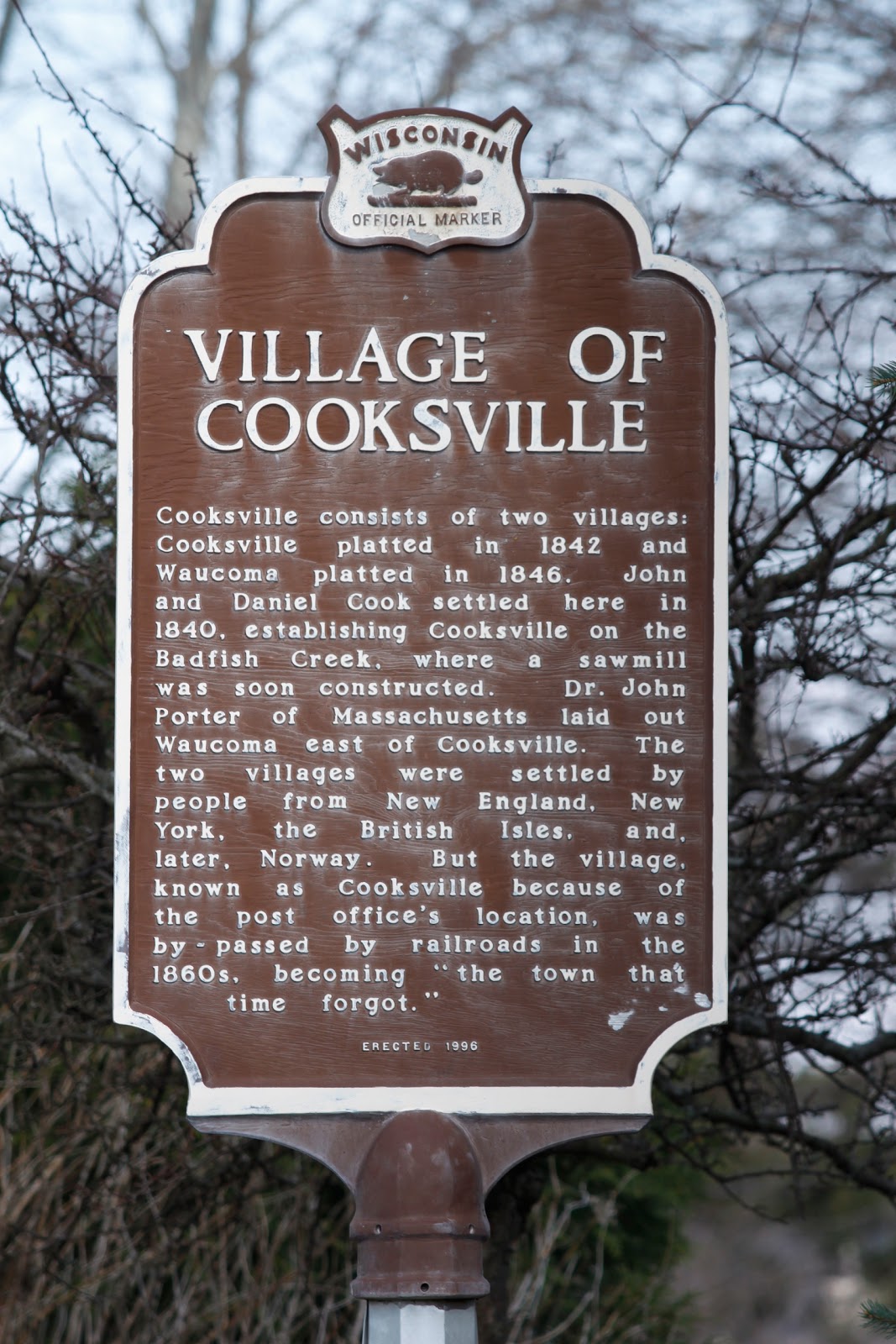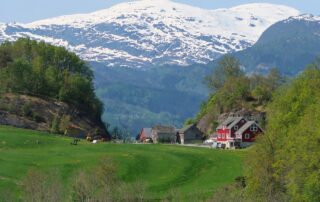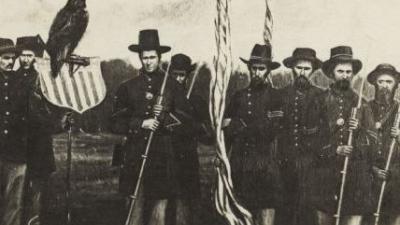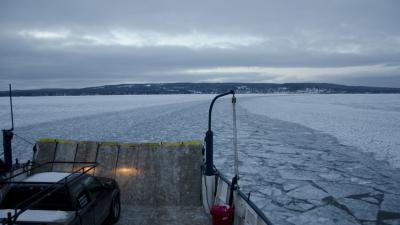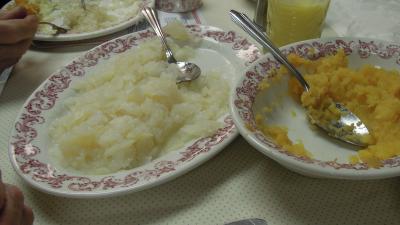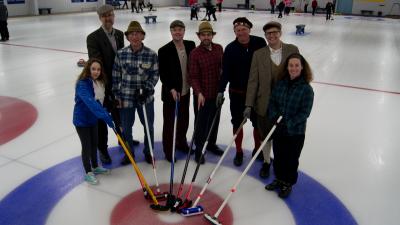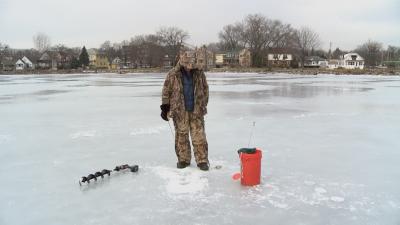If you’re driving in a hurry on Highway 14 or I-39, it’ll be no more than another sign that flashes by. But if you’re an explorer of out-of-the-way places, you might slow down and discover Cooksville–and Wisconsin much as it was 175 years ago.
The thing about Cooksville, which is about 25 miles south of Madison, is that it never grew up and so it still looks a lot like a many New England villages did in the 1840s.
New England in Wisconsin?
Like much of Wisconsin, Cooksville was settled by New Englanders, and although he never set foot there, one very famous New Englander was an early owner of much of Cooksville.
Daniel Webster was a Senator, a Congressman, Secretary of State under three presidents, and a candidate for the presidency. In 1837, the US government began selling land in Rock County and Webster bought acreage along Badfish Creek, speculating that the area would draw settlers from New England. His name is the first one on every deed in the village.
In the tradition of New England towns, the place was planned around a public square.
One of Webster’s Massachusetts friends, Dr. John Porter, bought a lot of the land from the senator for $1.25 an acre. Then came two brothers from Ohio, John and Daniel Cook, who also bought land from the government and platted Cooksville. Soon afterward, Porter founded nearby Waucoma, and when the post office took residence in Cooksville, the latter became the collective name of the two settlements.
Houses sprang up around the town square, most of them red brick, straight, simple, and rock solid. The 1840s and ‘50s were boom times for Cooksville, which soon had a brickyard, a sash-and-door factory, a Congregational Church, a Lutheran Church, a blacksmith shop, a school, and a general store.
It was a time when growing was the thing for a town to do and Cooksville flourished. Its population blossomed to 175.
Like many towns in the late 19th century, Cooksville hovered on the threshold of greatness, lacking just one thing to make it grow into a bustling city.
It didn’t get it. The railroad bypassed Cooksville and after a while its 175 residents dwindled down to about 65.
But being passed by was not the end of the world for Cooksville. While it may not have burgeoned into a metropolis, the town wound up with something rarer than unending growth—continuity. Over the years, Cooksville retained not only a tranquil life among farm fields and oak-studded grasslands but also its original town square surrounded by those mid-19th century houses, more than thirty of them, looking much as they did in the 1840s and ‘50s. It may well be the only town in Wisconsin with its original 19th-century buildings—and nothing newer–surrounding the town square.
The schoolhouse is still there and it still has two entrances, one for boys and one for girls.
The general store is still there, too, and is probably the oldest operating general store in Wisconsin.
If you stick to the roads with speed limits of 65 and 70, you won’t find any of it, but detour a few miles off the main drag and you’ll find Cooksville, where the current residents, all 65 of them, see to it that the America of 175 years ago is still very much with us.
